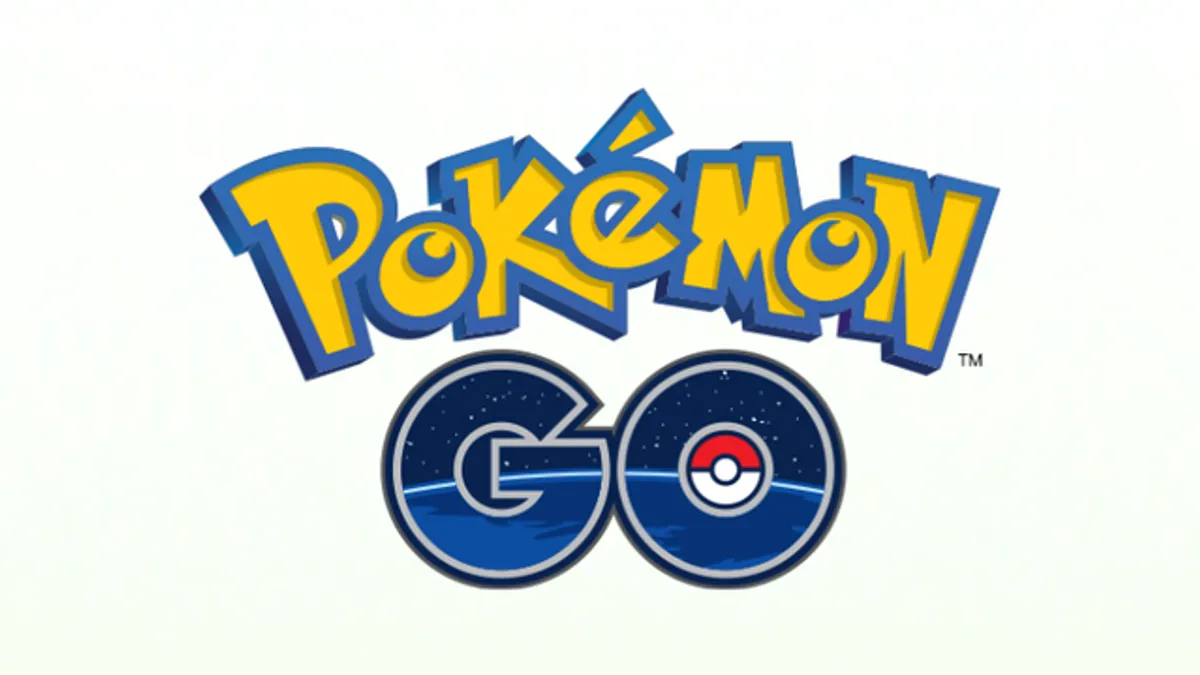Dive Brief:
- Pokémon Go, an augmented reality mobile app made by Nintendo in which users play as Pokémon trainers, has quickly taken the world by storm after the game was released less than a week ago.
- Only two days after its release on July 6, the app had been installed on over 5% of Android phones in the U.S., according to data from Similar Web.
- The game has already surpassed Instagram and WhatsApp in usage time, Tinder in app downloads, and it is trending to pass Twitter in daily active users.
Dive Insight:
Even for people who aren’t playing Pokémon Go, it has become a major cultural phenomena in just a week, sparking warnings about criminals using the app to target users and the danger of users glued to smartphones while walking around.
For marketers still trying to understand exactly how mobile fits into their marketing, the app is an example of how mobile can bridge the gap between offline behavior and online interaction—in this case, enabling players to use their phones to play a fantasy game throughout the real world.
Its most immediate marketing impact is being felt by restaurants near Pokemon “catch” spots with some even purchasing “lures,” which are in-app purchasable items, to draw customers to the restaurant.
Many players are also ending up in shops and malls, Racked reports. Some retailers are sending people away from their stores if they’re just there to play the game, but others are welcoming the Pokémon Go-induced foot traffic, in some cases advertising on Facebook that monsters have taken up residence in their businesses, according to Financial Times
Longer term, Pokémon Go may very well be seen as the turning point in bringing augmented reality into the mainstream, according to Ad Age. The mobile app is the first augmented reality game to gain this much mainstream attention, showcasing the potential for future AR applications.
For marketers, augmented reality holds significant promise, from gamifying the user experience to more straightforward B2B applications that allow prospective customers to virtually test large purchases. A Gartner report indicates the market is just getting started, estimating that by 2018 around 25 million virtual and augmented reality headsets will be sold to consumers.














